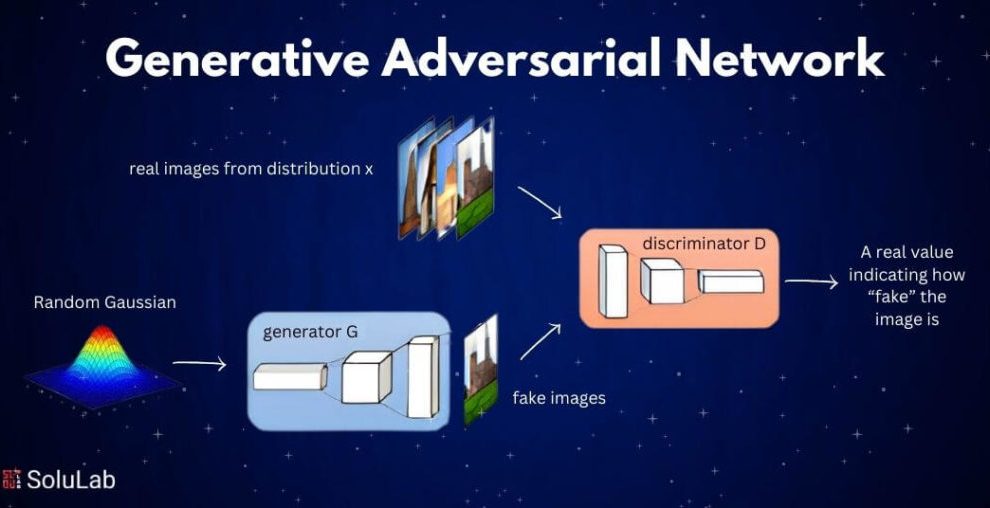Introduction
Think of data science as a sculptor’s studio. The sculptor doesn’t just carve shapes from stone; they imagine forms that do not yet exist, breathing new life into raw material. In the same way, style transfer with Generative Adversarial Networks (GANs) isn’t about copying reality—it’s about sculpting images into fresh, imaginative forms. By blending the structure of one piece with the aesthetics of another, GANs create digital art where boundaries between original and transformed blur beautifully.
The Duel That Fuels Creativity
At the heart of GANs lies a duel—two neural networks sparring like rivals in a chess game. One, the generator, tries to create images that mimic a given style. The other, the discriminator, plays critic, pointing out flaws and rejecting anything unconvincing. This adversarial process sharpens both networks, leading to results that become increasingly lifelike and expressive. Students who enrol in a Data Scientist course often find this dynamic inspiring: the tension between creation and critique mirrors the iterative improvement every analyst experiences when refining insights or models.
Style Transfer: Painting with Algorithms
Imagine asking Van Gogh to repaint a photograph of a modern cityscape. The buildings would remain, but their outlines would ripple with bold strokes of colour, bathed in swirls of light. That is the essence of style transfer—retaining content while changing appearance. GANs achieve this by learning the DNA of both style and content, then blending them into new imagery. A Data Science course in Mumbai often highlights such real-world applications, showing learners how techniques pioneered for artistic purposes extend into industries like advertising, fashion, and game design, where aesthetics carry as much weight as function.
Beyond the Canvas: Business Impact of Style Transfer
While the art world loves style transfer, its impact stretches far beyond galleries. Retailers use it to showcase products in different textures, designers experiment with patterns digitally before producing fabrics, and filmmakers repurpose visual effects without rebuilding entire scenes. In healthcare, medical imaging experiments with GANs to simulate views under varying conditions. For learners in a Data Scientist course, these stories reveal how style transfer isn’t just about pretty pictures—it is about solving complex problems with creativity and efficiency.
The Engineering Behind the Magic
To an outsider, style transfer may feel like sorcery, but under the hood, it’s meticulous engineering. Layers of convolutional networks extract features like edges, patterns, and colours, while the GAN’s training loop sharpens output through constant feedback. This process requires enormous computational power, clever optimisation, and careful tuning. In structured training like a Data Science course in Mumbai, learners get hands-on with GPUs, libraries like TensorFlow or PyTorch, and datasets that demand real experimentation. The aim is to turn the magic into a reproducible craft, equipping students to push boundaries rather than just admire results.
Challenges and Future Directions
Like any emerging technology, style transfer has its hurdles. GANs are infamous for instability during training, sometimes producing distorted results or collapsing into repetitive outputs. Ethical questions also loom—how do we protect original artists’ rights when their work becomes training material? Yet, with each breakthrough, researchers refine methods for stability, scalability, and fairness. These open questions invite new generations of professionals to contribute solutions. By exploring them through education and experimentation, future practitioners learn not only to harness technology but also to shape its responsible use.
Conclusion
Implementing style transfer with GANs is less about algorithms and more about imagination meeting engineering. It is a story of two networks locked in creative tension, producing images that merge reality with artistry. From digital art and commerce to healthcare and beyond, the applications reveal how innovation thrives when we dare to blur boundaries. For aspiring professionals, learning this craft through structured programmes offers not only skills but also the perspective to see problems as raw material ready to be sculpted. In the hands of trained minds, GANs and style transfer don’t just transform pixels—they redefine how we envision the digital world.
Business Name: ExcelR- Data Science, Data Analytics, Business Analyst Course Training Mumbai
Address: Unit no. 302, 03rd Floor, Ashok Premises, Old Nagardas Rd, Nicolas Wadi Rd, Mogra Village, Gundavali Gaothan, Andheri E, Mumbai, Maharashtra 400069, Phone: 09108238354, Email: enquiry@excelr.com.









Add Comment